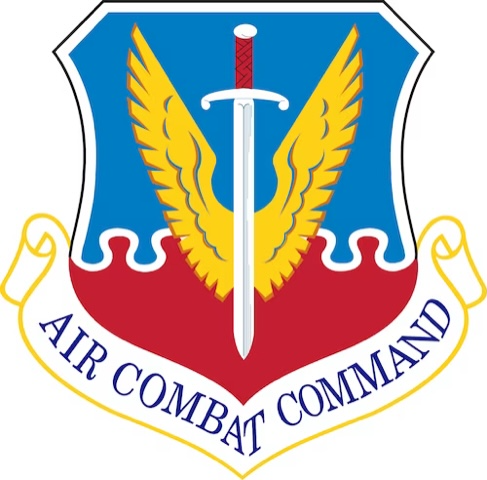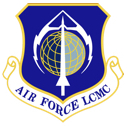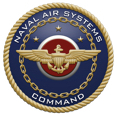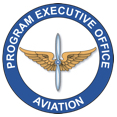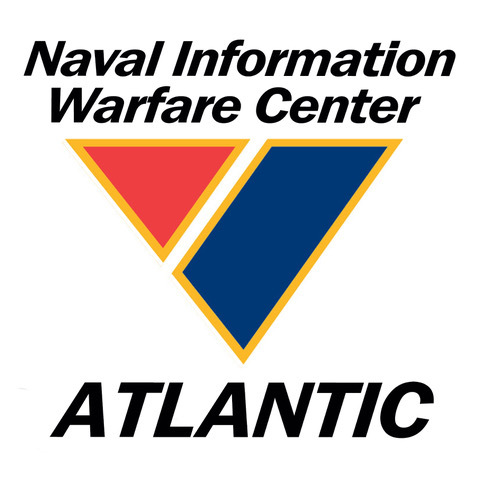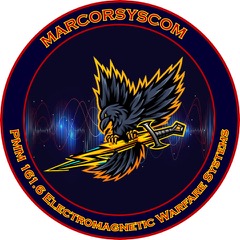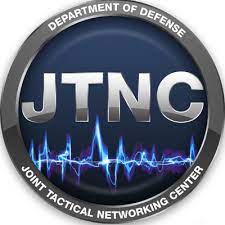Air Force Life Cycle Management Center (AFLCMC)
Architecture and Integration Directorate (XA)
Open Architecture Management Office
Overview
The US Air Force Lifecycle Management Center (AFLCMC) Open Architecture Management Office (OAMO) Open Systems Architecture (OSA) Systems Integrations Lab (SIL) Team, and the US Army Combat Capabilities Development Command (DEVCOM) Command, Control, Communications, Computers, Cyber, Intelligence, Surveillance, and Reconnaissance (C5ISR) Center Open Innovation Lab (OIL) Team, rapidly integrated numerous OSA technologies in a live demonstration at the December 2023 Association of Old Crows (AOC) International Symposium in National Harbor, Maryland. Multiple Modular Open Systems Approach (MOSA) enabling standards were utilized as part of this effort including SOSA, OMS, CMOSS, REDHAWK, and MORA. The emerging Open Architecture technologies powered Multi-INT operations by seamlessly integrating SIGINT, EO/IR, and Communication capabilities. The demonstration took place in front of a well-attended live audience and a Tri-Service Senior Leader panel. This quick-turn integration and demonstration effort was a great success and strongly depicted the value of open architectures in enabling rapid fielding, Multi-INT operations, and interoperability between the Services.
Demonstration Background
The AFLCMC and C5ISR Center teams worked together to demonstrate the capability of passing datalink messages across separate sets of hardware and software. The AFLCMC team had EO/IR camera capturing the visible spectrum, a GPU-accelerated SIGINT AI/ML real-time voice translator, and a communications frequency scanner that monitored for threats. Threat systems were represented by users of a simple handheld radio. The threat information was relayed to the C5ISR Center system for further processing. The C5ISR Center’s OIL provided the jamming capability for the interoperability demonstration. To simplify integration, it was decided that the two teams would use matching CMOSS SOSA aligned 7-slot chassis.
AFLCMC OAMO Demonstration Walkthrough
A ruggedized 7-Slot SOSA aligned chassis acted as the host platform for the demonstration. A combination of Single Board Computers (SBC), Graphics Processing Units (GPUs), and Software Defined Radios (SDRs) populated the payload slots, while a Position, Navigation, and Timing (PNT) card provided navigation data through a simulated GPS connection. The demonstration began with a handheld radio’s push-to-talk (PTT) button being keyed and then detected by an SDR. The signal data was passed to the GPU accelerated AI/ML processing algorithm onboard the chassis that produced, in real-time, speech-to-text for the operator. Concurrent to the speech-to-text processing, the SIGINT detection from the SDR cues the Assisted Target Recognition (ATR) algorithm on the EO/IR video feed highlighting people as target tracks. Position Location Information (PLI) was shared over the Tactical Scalable MANET (TSM) RF datalink to the C5ISR Center system. The target tracks and position data were simulated, which operationally would be over the TSM RF network through Open Mission Systems (OMS) and Cursor on Target (CoT) messages. The simulated data was visible in WinTAK or ATAK tactical situational awareness software instance.
DEVCOM C5ISR Center Demonstration Walkthrough
The C5ISR Center chassis consisted of a Mounted Mission Command (MMC) software running in a Single Board Computer (SBC) provided by the Project Manager Mission Command (PM MC), an Assured Positioning, Navigation, and Timing (A-PNT) card provided by the Project Manager Positioning, Navigation, and Timing (PM PNT), a line-of-sight (LoS) TSM waveform radio card provided by the Project Manager Tactical Radios (PM TR), an Electronic Warfare (EW) Software Define Radio (SDR) card, and a CMOSS switch card capable of 40 GbE on the backplane. The A-PNT card provided the Position Location Information (PLI) and timing data to the other Plug-in cards (PICs) across the backplane. The MMC software provided the user a visual presentation of the mission and it allows for Command and Control (C2) of the system. During the demonstration, PLI information was shared between the two systems. The PTT target created by AFLCMC system was identified by the EW application running in the chassis and it was jammed by the EW SDR card.
Integration
The initial integration effort to install, debug, and demonstrate the multi-INT demo was accomplished in three weeks. During this time the integration team worked with industry partners to rapidly integrate cutting edge AI/ML technologies across SIGINT, EO/IR, and communication modalities using commercially available software. The software was able to be adapted to receive information from an SDR, rather than a commercial radio transmitter, and then was ported to a ruggedized CMOSS SOSA aligned chassis using containerization software. Once the software was integrated within the ruggedized system, the simulated TSM network was configured, and the two systems worked together on the same datalink network.
No physical testing between the teams was conducted prior to the night before the event. Three hours was all that was needed for the AFLCMC OSA SIL and DEVCOM C5ISR Center OIL teams to fully integrate their systems. On the day of the AOC International Symposium’s Senior Leader Panel and live demonstration event, the presentation was conducted without any problems, showcasing the value of open architectures and the MOSA-enabling capabilities that SOSA aligned hardware solutions can provide.
Devin Wisdom (US Air Force)
SOSA Lead Engineer
AFLCMC/XA
Open Architecture Management Office
Jason Dirner (US Army)
MOSA Chief Engineer
DEVCOM C5ISR Center
MOSA Management Office
Distribution Statement A. Approved for public release: distribution is unlimited.
